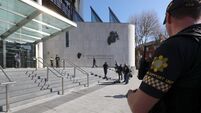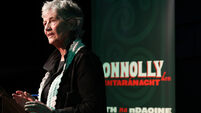Mick Clifford: Jury is still out on whether Ian Bailey murdered Sophie Toscan du Plantier
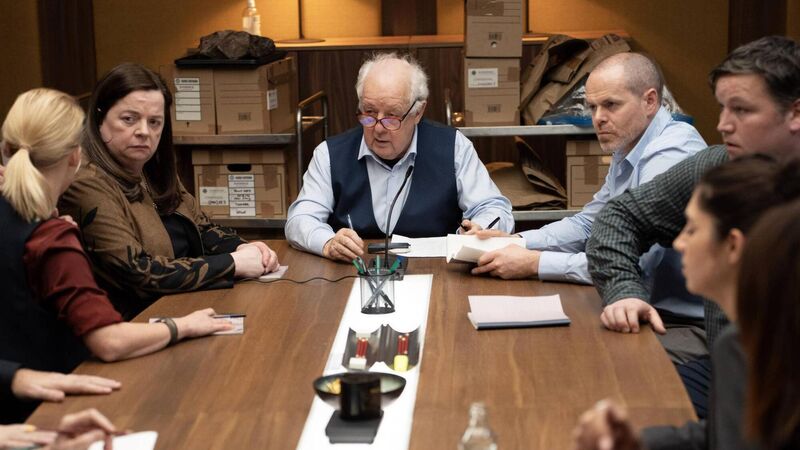
Jim Sheridan's Re-Creation sees him delving again into the real-life murder of French TV producer Sophie Toscan du Plantier in 1996.
The last time I met Ian Bailey he talked a lot about “the Jim doc”. That was what he called , a documentary made by the movie director Jim Sheridan in 2021. It was one of two documentaries released at around the same time about the 1996 murder of Sophie Toscan du Plantier in West Cork.
Bailey was very complimentary of “the Jim doc”, but his face darkened when the subject turned to the other doc, . From soon after the violent death of Ms du Plantier, until his own demise from a suspected heart attack in January 2024, Bailey was the chief suspect for the murder. In broad terms, Sheridan’s work veered towards pitching Bailey as the victim of a miscarriage of justice, while its rival production invited viewers to believe he had got away with murder.
On the occasion of that last meeting, Bailey was in the process of moving out of the home he had shared for 30 years with Jules Thomas. He wasn’t leaving by consent, but being shown the door. His lifestyle, particularly his drinking, had seen the relationship sundered. There was a general view that cast adrift from a safe harbour he would be heading in only one direction. That proved to be the case when he died at the age of 66.
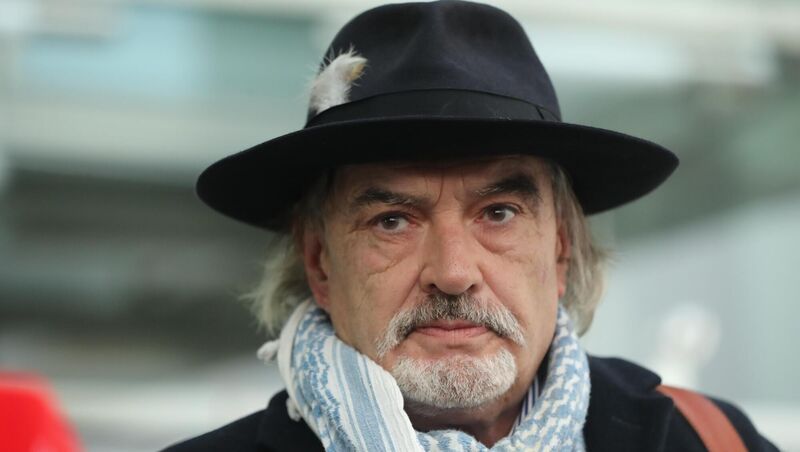
Ms du Plantier’s violent death was a shocking crime, exacerbated for her family in particular, but also for the community around Schull in West Cork, by the failure to charge, apprehend, or even identify unequivocally the murderer. To that extent, the area remains haunted by her unquiet ghost. Equally, short of something definitive emerging, Bailey‘s outsized personality is destined to be remembered as oscillating between a man done an awful wrong and a man who did an awful wrong.
The nature of the story and the failure of resolution has spawned a library of programmes, newspaper articles, books, podcasts and documentaries. Now Sheridan has, with his collaborator David Merriman, made a docu drama, .
This work departs the real world for that of the imagination. It uses the template of , the old Hollywood movie in which one member of a jury convinces the other 11 to reverse their initial verdict of finding a man guilty.
In some ways, this piece of work seeks to close a circle on the whole Du Plantier–Bailey case. A central feature of the case up until Bailey’s death was that he was never charged with the murder in this jurisdiction.
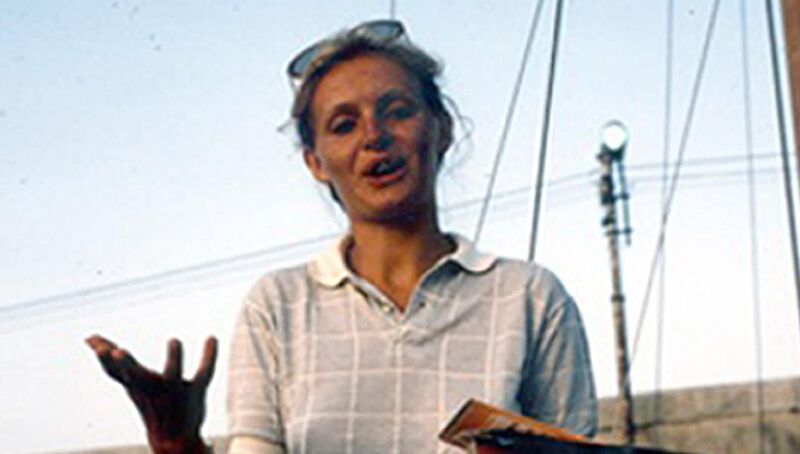
He was charged and convicted in absentia in Paris in 2019. I attended that process but to call it a trial would be an insult to the concept of a criminal justice system in liberal democracies anywhere. It was, to all intents and purposes, a gathering to debate and ultimately confirm Bailey’s guilt.
The conviction is outlined at the outset in as is the Irish government’s subsequent refusal to extradite Bailey to France. The docudrama then declares that what follows is a depiction of the closing stages of a trial in this country, if it actually had occurred.
What unfolds is interesting, at times riveting, for anybody who has followed the case. The bulk of the scenes are in the jury room through deliberation on the trial. There are some very good performances, particularly from John Connors and the German actor Vicky Krieps. Sheridan takes the role himself as the foreman of the jury.
The evidence that is parsed is from the actual case, including statements and versions given by witnesses. Throw in the exposition of baggage that various jury members bring to the room, and eerie recreation towards the end, and together is represents a reasonable piece of work.
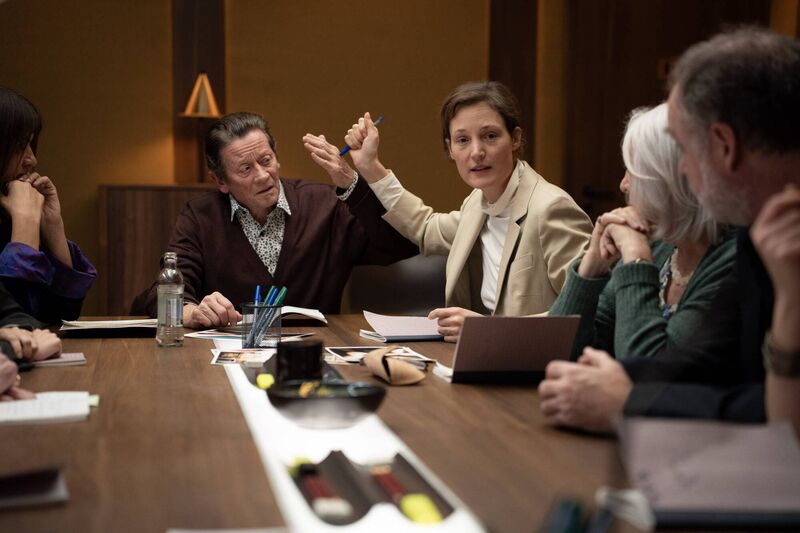
On one level, Re-Creation presents a direct response to the trial in Paris. Where as the latter set out to cast all evidence as the building blocks of a rock solid case against Bailey, Re-Creation raises doubts at every juncture as to the possibility he could be responsible.
An observer of the Paris trial, who came to the case cold and unversed in its full history, would have left the Palace de Justice convinced the three-judge court had come to the correct conclusion. A viewer of who was not up with all the facts would leave the movie theatre convinced the jury had come to the correct decision.
In some instances in , doubts are cast on elements of the evidence that don’t apply directly to Bailey but suggest if these elements are faulty surely that threw the whole case in doubt.
There is, correctly, a concentration of highly questionable aspects of the Garda investigation that suggested an overeagerness to pin the crime on the chief suspect. At one point, a juror declares that just because Bailey was framed it doesn’t mean he didn’t do it.
“That’s the stupidest thing I have ever heard,” says Sheridan’s character.
Well, not that stupid. We now know, for instance, that in the 1970s in particular, but for many years afterwards in a less organised way, certain gardaí framed individuals. This usually took the form of beating a confession out of suspects, but there were other element thrown in also. In some cases, the suspects were completely innocent of the crime and their framing was a shocking indictment of an alleged democracy.
In other cases, Garda malpractice amounted to the framing of guilty suspects. This was a shocking indictment of a criminal justice system, a blatant breaking of the law and an abuse of power. But during the 1970s, the hierarchy in the gardaí and in government looked the other way on the basis that the ends justified the means.
In Bailey’s case, the safeguards in the system would have to have been bent and broken to put him before a jury. The standard of evidence simply did not meet the required level to justify a jury deliberating on the facts.
It would have required the DPP to succumb to pressure from the gardaí, the media, public opinion and through entreaties from the French, the government. That the independent office stood firm based on legal principles firmly rooted in the precepts of a liberal democracy was a good thing.
Still, Sheridan’s depiction of how the collective pschye of a jury deliberating on the evidence of the case might have progressed, is worth a watch. Currently, there is an examination ongoing into DNA retrieved from the murder scene which may produce something definitive, but don’t hold your breath.
Otherwise, a shocking tragedy is unlikely ever to find proper resolution in the real world, whatever about works of the imagination. Some will remain convinced he did it, while others will cling to the belief he was innocent victim of an attempt by gardaí to frame him. And yet more might well conclude the attempted framing was perpetrated on a guilty man.





